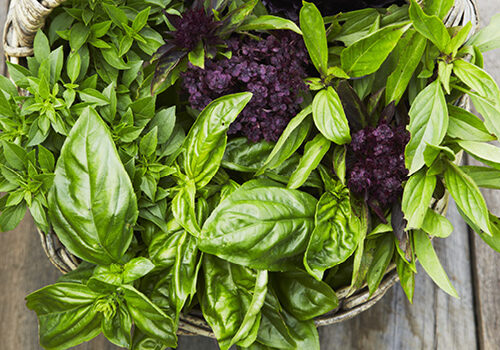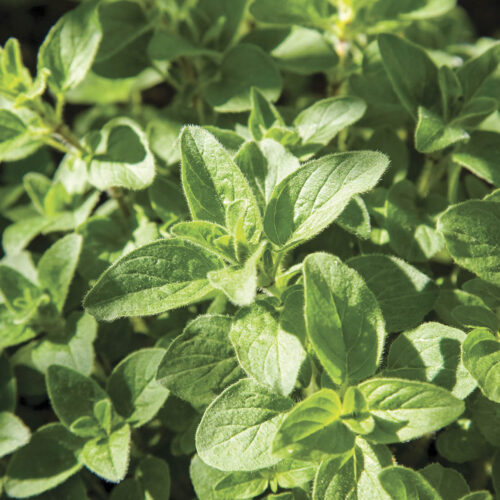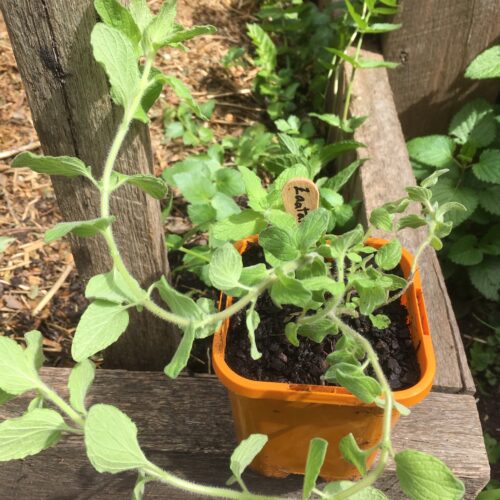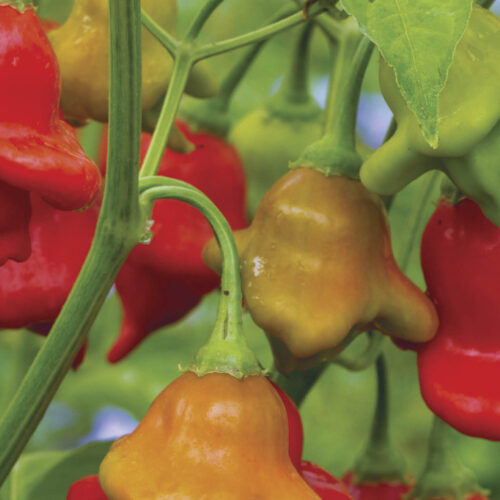Shady herbs
2016-07-26T07:10:25+10:00
PENNY WOODWARD suggests some shade-loving herbs for those difficult positions.
Whenever I write or talk about herbs I advise gardeners that most herbs like lots of sun. But these days, with smaller gardens and a need for shade in summer, there are many shady spots that would be enhanced by vigorously growing plants. So what do you do if your garden is shady but you still want to grow herbs? Winter is a good time to look at your garden and find the gaps that need to be filled. Fortunately there are several shade-loving herbs that will tolerate shade for some of the day, and quite a few that actually thrive in partial or full shade.
Several old medicinal herbs make useful ground covers in the shade. These include bugle, Ajuga reptans, sweet woodruff, Galium odoratum, lady’s bedstraw, Galium verum, ground ivy, Glechoma hederacea, and moneywort, Lysimachia nummalaria. Bugle is an all-purpose groundcover. It has lots of different cultivars with varying leaf and flower colours. Its traditional use is as an astringent for wounds and bruises, and a tea made from the leaves is used to treat coughs. Sweet woodruff and lady’s bedstraw are more vigorous sprawling plants. Both smell like new mown hay when dry and have insect repellent properties. Both were used as strewing herbs to scent rooms in Medieval times and also to stuff mattresses and cushions. Sweet woodruff was also used to make perfumes and to flavour wine. Another groundcover herb used to flavour alcoholic beverages is ground ivy. This plant, which is also known as alehoof, has been used for centuries to clarify and flavour beer. Moneywort derives its name from its attractive round leaves that resemble coins. There are forms with dark green or golden leaves and the flowers are bright yellow. This herb is not often taken today but it was once widely used, internally and externally, for the treatment of wounds.
There are several shade-loving herbs, worth growing for their flowers alone, that also do well in shaded positions in the garden. Violets, Viola odorata; are the probably the best known, and will thrive in any position where they get summer shade and winter sun. Contrary to common belief, they do not flower well if grown in full shade. Under a deciduous tree is an ideal position. Violet flowers are edible and can be added to sweets and salads, used to decorate cakes and crystallised for confectionary. Primrose flowers, Primula vulgaris, are also edible and can be used in the same way as violets. The flowers and leaves have been prescribed to treat coughs and bronchitis. Primroses are tough, hardy attractive plants that will grow in most positions in the garden because although they grow well in the shade they will also tolerate sun and quite dry conditions.
Others you might like to try are lungwort, Pulmonaria officinalis, meadowsweet, Filipendula ulmaria, Solomon’s seal, Polygonatum multiflorum, and lily-of-the-valley, Convallaria majalis. They will only grow in shady, moist, humus-rich positions. All four have been used medicinally in the past but are not usually used today. Today lungwort is grown for its attractive leaves and delightful bell-shaped flowers that start off pink but turn to blue as the nectar content increases. Meadowsweet grows as a clump with creamy, almond scented flowers. This plant’s claim to fame is that is a source of salicylic acid, the active ingredient of aspirin, and so was used for centuries to treat arthritis and rheumatism. Solomon’s seal grows from a creeping rootstock with arching stems and pale green leaves. The clusters of creamy-white flowers with green tips dangle below the stems in summer. Lily-of-the-valley is smaller growing and forms dense clumps. The strongly scented, bell-shaped flowers appear in spring.






